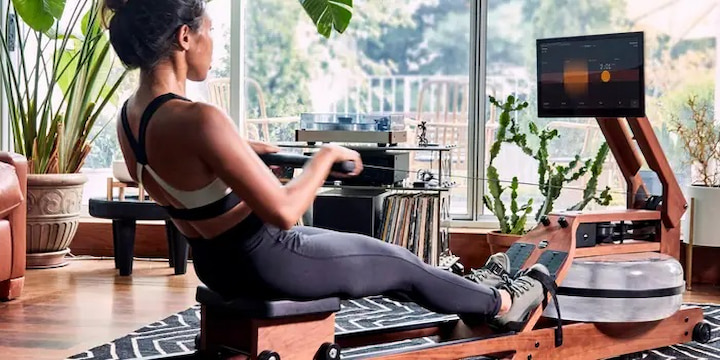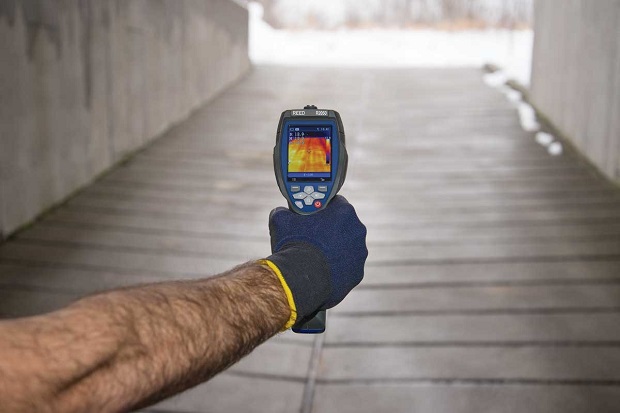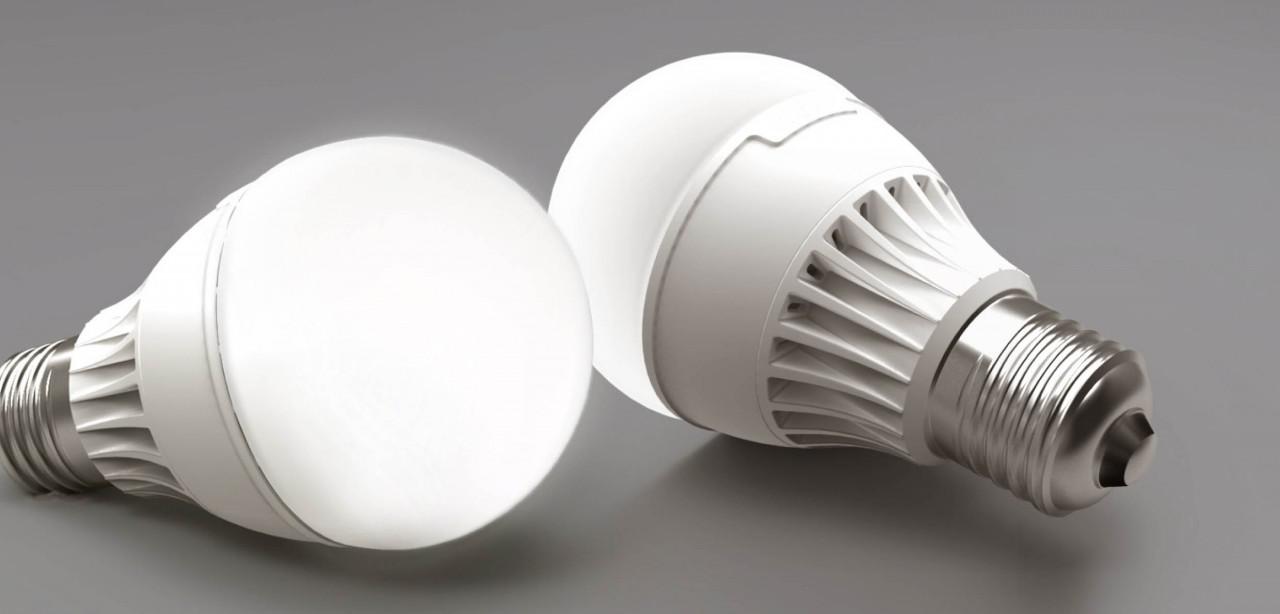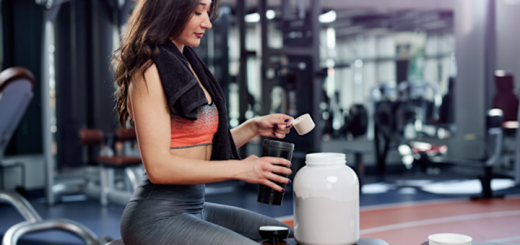Rowing Machines: Aspects to Consider to Exercise Right
If you’re up for getting a low-impact, yet ultimate full-body workout that can give you the chance to improve your endurance, all the while allowing you to build strength as well as general fitness, then you’ve got to welcome rowing machines into your life. Despite the repetitive stroke motion, this is the very investment that could make you fall in love with exercise thanks to the variety it brings about in your workouts.
That and the incredible benefits and results you get to experience with your physique, health, and well-being, of course! Whether you’re new to this, have already gotten a bit of gist of it, or are up for using it for rehab from certain injuries or health conditions, you can get great exercise in a short amount of time. That’s what makes the top-notch rower machines good for everyone, regardless of age, gender, or stamina.
What Is a Good Starting Point for Rowing Machine?
First and foremost, once you’ve chosen your ideal model after considerate purchasing with weighing in factors like type (e.g. air resistance, magnetic, water, hydraulic power), comfort, space, and budget, it’s essential to get acquainted with it, and get the hang of it. If you’re entirely new to this, it’s best to take things slow, so you don’t push yourself too much and negatively impact your love for rowing.
For a start, you only need 5 to 10 minutes at an easier pace, up to 17 strokes per minute, the focus being on technique over speed, so you can better master the correct moves. Light rowing is perfect for beginners, as it is for warm-up or cool-down at the end, whereas more intense rowing is great as the main workout. The rest of about 3 minutes is important after the initial interval as a beginner, even if you’ve been rowing just 5 minutes, but if you feel like you could continue, you should go for another round.
Doing this several days a week, several weeks at a time you’d be able to develop endurance to increase the pace to get into a more intense level of up to 20 to 30 minutes with more frequent strokes or varying intensities within the sessions. In case you feel like it could bore you to just do rowing with the gym rowing machines all the time, try varying with other types of workout (including examples like jogging, walking, yoga, weight training, or doing simple pushups, sit-ups, and squats) for a more balanced routine.
One other effective solution is to get a machine that allows you to make the most of other exercises, as in the example with the standard Concept2RowErg model for some SkiErg benefits too. Be sure to pay attention to what the machine’s monitor says about your metrics (e.g. stroke rate, distance, time, and calories burned) when working on your workout goals.
How Do I Prepare My Body for Rowing?

Same as any type of exercise, it’s first crucial to know if you’re in the right condition to be doing row machine workouts, so be sure to check with your physician to get the green light. You don’t want to be causing any side effects in case you have a health issue, so start off right.
Once you’re clear to be doing this kind of workout, pay attention to the warmups. Basic stretches are crucial as much as a little running of about 3 minutes, to get the body ready for the workout. Same thing with the cooling down. One other essential aspect to consider if you want to get the expected results is to be mindful of your nutrition and hydration before and after the rowing.
You need the proper fuel to have the strength for rowing, no matter what the intensity is, so 1 to 3 hours before your workout, be sure to have some carbs, protein, and healthy fat. Examples of snacks you can easily digest are oatmeal with fruits, like bananas with some nuts and seeds, or yogurt with berries. Post-workout, you need the proper support for muscle recovery and soreness reduction, so you should focus on these three essentials too: carbs, protein, and healthy fat.
Ideally, within half an hour, up to an hour, you should eat things like chicken, fish, legumes, broccoli, mushrooms, sweet potatoes, avocado, eggs, and wholegrain like quinoa. Fluids are just as essential, so it’s important to always be hydrated as dehydration is easy to happen when you work out hard, and sweat a lot.
Along with water (the recommended eight glasses a day at least), it’s necessary to think of replacing the electrolytes you lose with the sweat, so incorporating yogurt or coconut water after your rowing sessions is a must. Most importantly, pay attention to your body, and how it responds to the exercises, along with adopting the proper nutrition and hydration, to know you’re on the right track to achieving your fitness goals.





